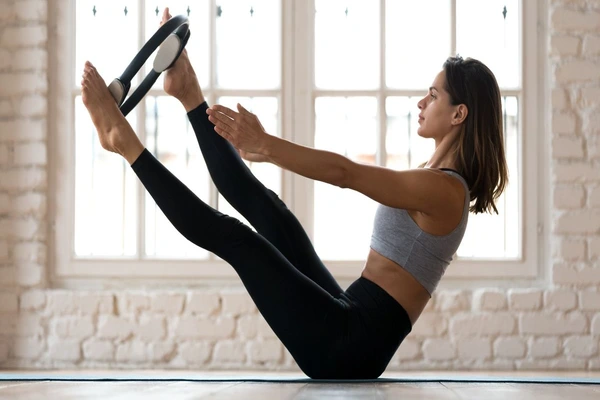With an aging population in the U.S., balance-related challenges are becoming increasingly common. Everyday tasks like climbing stairs or carrying groceries can feel more precarious as we grow older. Aging naturally affects our muscles, joints, and nervous system, all of which play critical roles in maintaining stability. Combined with the sedentary nature of many American lifestyles, these changes can make the risk of falls and injuries significantly higher.
But balance isn’t just something we lose with age; it’s something we can actively work to improve, no matter our years.
Here’s how age impacts balance and practical steps you can take to regain stability and confidence.
The Effects of Aging on Balance
As we grow older, several physical and physiological changes directly affect our ability to stay balanced.
Reduced Muscle Strength
Muscle strength naturally declines as we age, particularly in the legs and core, which are essential for stabilizing the body. This loss of muscle mass, known as sarcopenia, makes it harder to catch yourself if you trip or shift your weight.
Joint Stiffness
Arthritis and other wear-and-tear conditions can reduce the range of motion in joints like the hips and knees. This stiffness makes it more difficult to adjust quickly when your balance is challenged.
Declining Vision
Good balance relies partly on visual cues. Aging eyes may struggle more with depth perception and seeing changes in terrain, increasing the likelihood of stumbles or missteps.
Inner Ear Degeneration
The inner ear houses the vestibular system, which helps control your body’s balance. With age, this system can weaken, leading to dizziness or a loss of stability.

Steps to Regain and Improve Balance
The good news is that balance is a skill that can be trained and improved at any age. These simple, consistent practices can rebuild strength and stability, helping you move with greater confidence.
Incorporate Balance Exercises
Specific exercises designed to challenge your stability can strengthen the muscles and systems responsible for balance.
- Single-Leg Stands: Practice standing on one foot, using a chair or wall for support if needed. Gradually increase the time as your balance improves.
- Heel-to-Toe Walks: Walk in a straight line, placing one foot directly in front of the other. This simple practice enhances coordination and steadiness.
Strengthen the Core and Lower Body
Your legs and core are your foundation for stability. Strengthening these areas helps you handle shifts in weight and maintain upright posture.
- Do bodyweight exercises like squats or mini-lunges.
- Incorporate exercises like planks or bridges to strengthen abdominal and back muscles.
Stay Active
Even light activities like walking or tai chi can go a long way toward improving overall balance. Moving regularly keeps your joints flexible, enhances circulation, and builds confidence in everyday tasks.
Tip: Aim for at least 30 minutes of moderate activity most days of the week.
Use Balance Aids
Don’t shy away from support if you need it. Using a cane or balance training tool during workouts can help you challenge your limits safely while improving strength and coordination.
Pay Attention to Your Surroundings
A clutter-free environment lowers your odds of tripping or stumbling, especially in areas like bathrooms or hallways. Ensure your home is well-lit and keep frequently used items within easy reach.
Conclusion
Aging may naturally affect your balance, but that doesn’t mean it’s gone for good. With consistent effort and simple exercises, you can regain stability, prevent falls, and feel more confident in your movement. Whether you’re taking on balance exercises or committing to staying active, each step you take will help you lead a steadier, safer, and more independent life.

